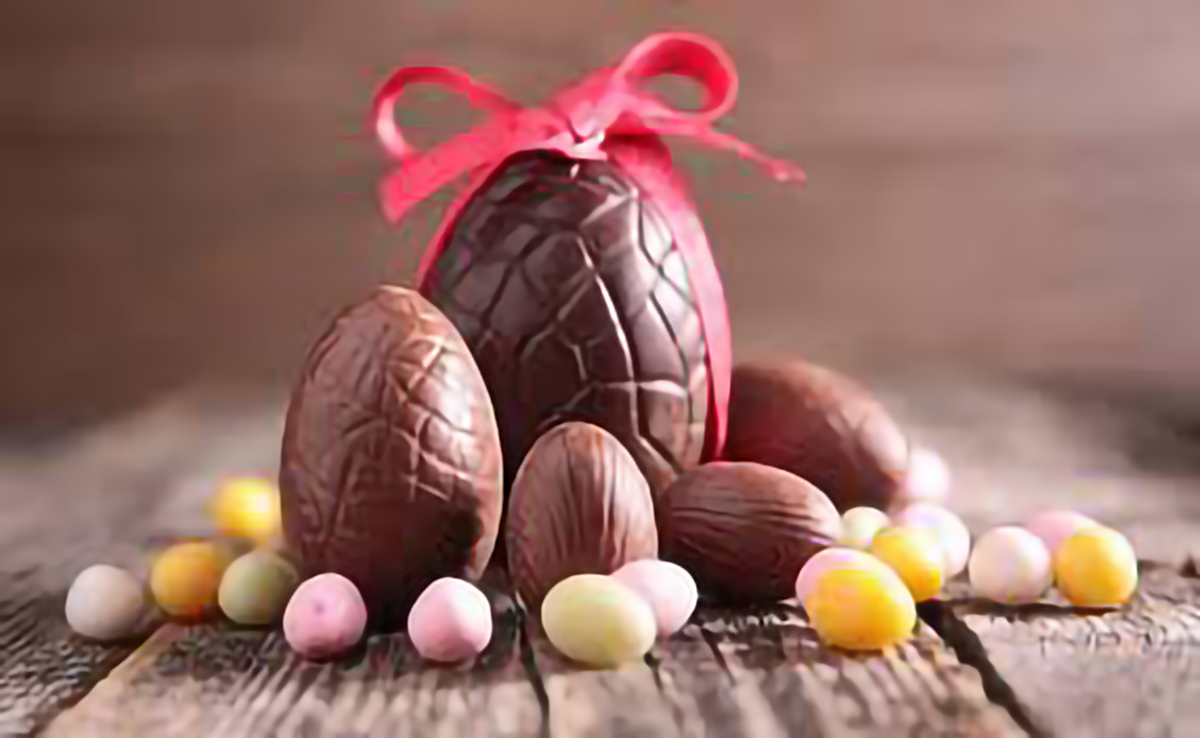Easter 2025: guaranteed eggs, but some will come from abroad
Post on: 03.03.2025

With the As Easter 2025 approaches, the demand for eggs is growing throughout Switzerland, but not all those we will find on the shelves will have Swiss origin. Domestic production, although growing, is not sufficient to cover the entire need, and will be therefore it is necessary to resort to imports.
Demand for eggs constantly increasing
In the last two years, egg consumption in Switzerland has been steadily increasing; increased significantly. In 2024, each Swiss citizen consumed an average of 198 eggs, a figure higher than both 2023 and previous years.
The growth trend concerns not only domestic consumption, but also the catering and industrial sectors, which are increasingly oriented towards the use of local eggs.
Swiss production is growing, but not enough
Swiss farms have responded to this growing demand, bringing national production to 1124 million eggs in 2024, an increase of 2.8% compared to 2024 previous year.
However, this production increase is not sufficient to cover the strong demand linked to the Easter period, when eggs become the protagonists of tables and traditions.
Expanding production is not è simple
The difficultiesà They are not just quantitative. Increase capacity production of Swiss livestock farms è a long and complex process, due to strict environmental and bureaucratic regulations.
Obtaining the Authorization for a new barn can be It can take up to ten years, making it difficult to adapt quickly to changes in demand.
A this is what it takes added to this is the growing difficulty; in finding qualified labor, willing to work with demanding hours to ensure the constant care of the animals.
Più imports so as not to miss eggs at Easter 2025
For Easter, therefore, there will be no shortage of eggs, but some will arrive; From overseas, integrating local production. In supermarkets you can There is less choice of Swiss eggs, but the overall offer will be guaranteed, avoiding any risk of shortage.
Consumers who prefer Swiss eggs may find less than usual, but the market is already; ready to make up for the deficit with imported products.
Swiss Easter eggs 2025
In Switzerland, the tradition of Easter eggs is strongly rooted, both when it comes to chocolate eggs, an inevitable symbol on festive tables, and fresh eggs, the protagonists of Easter recipes.
Chocolate eggs are mainly produced by the big names in Swiss chocolate, internationally recognized for their quality; and the excellence of their creations.
The most important brands well-known
Among the most popular brands; note there è Lindt & Sprü ngli, famous not only for its chocolate eggs, but also for its iconic golden bunny, which has now become an Easter symbol recognized all over the world. Next to Lindt, we find Cailler, the most important An ancient Swiss chocolate brand, which every year offers elegant eggs in milk and dark chocolate, often enriched with delicious fillings and refined packaging.
Even large supermarket chains, such as Migros with the brand Frey, They offer a wide range of Easter eggs, designed for all price ranges and perfect for those looking for a tasty and accessible product. There is no shortage of high-end proposals from chocolate shops such as Lä derach and Confiserie Sprü ngli, who create real works of chocolate art, often hand-decorated or customized for the occasion.
Artisanal production Easter eggs 2025
In addition to the big brands, Switzerland boasts a rich tradition of craftsmanship, with local confectionery and master chocolatiers who make unique Easter eggs, often with ingredients of controlled origin and decorations with attention to the smallest details. These handcrafted products are very popular with those looking for a special gift or want to bring an original and quality creation to the table. superior.
In summary, Easter 2025 Switzerland è A perfect balance between tradition and innovation, with chocolate eggs excellence and quality fresh eggs, coming from both large producers and small realities; Local, capable of making the most of the territory and the passion for craftsmanship.
Cookies & Privacy
Utilizziamo i cookie per offrirti la miglior esperienza possibile sul nostro sito Web.
Accetta e continua Continua senza accettare
Per maggiori informazioni leggi la nostra Privacy Policy





